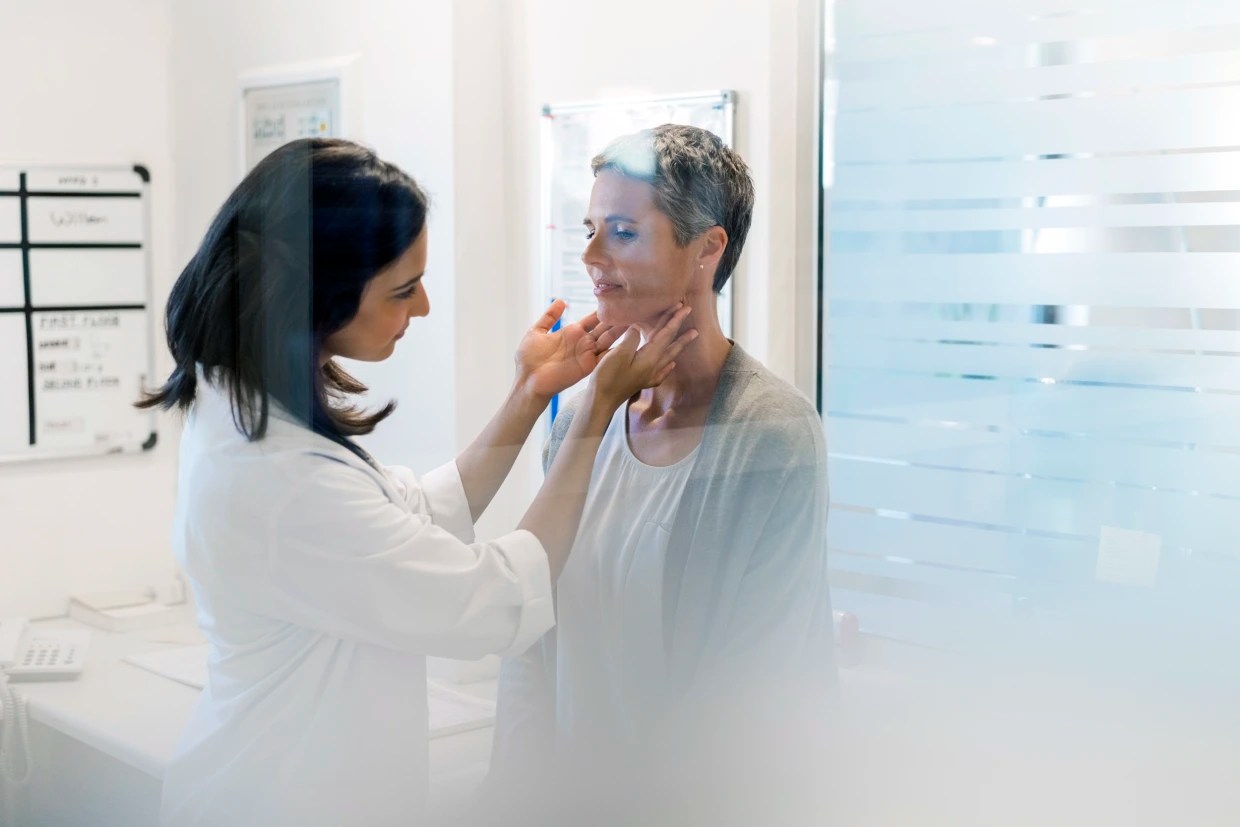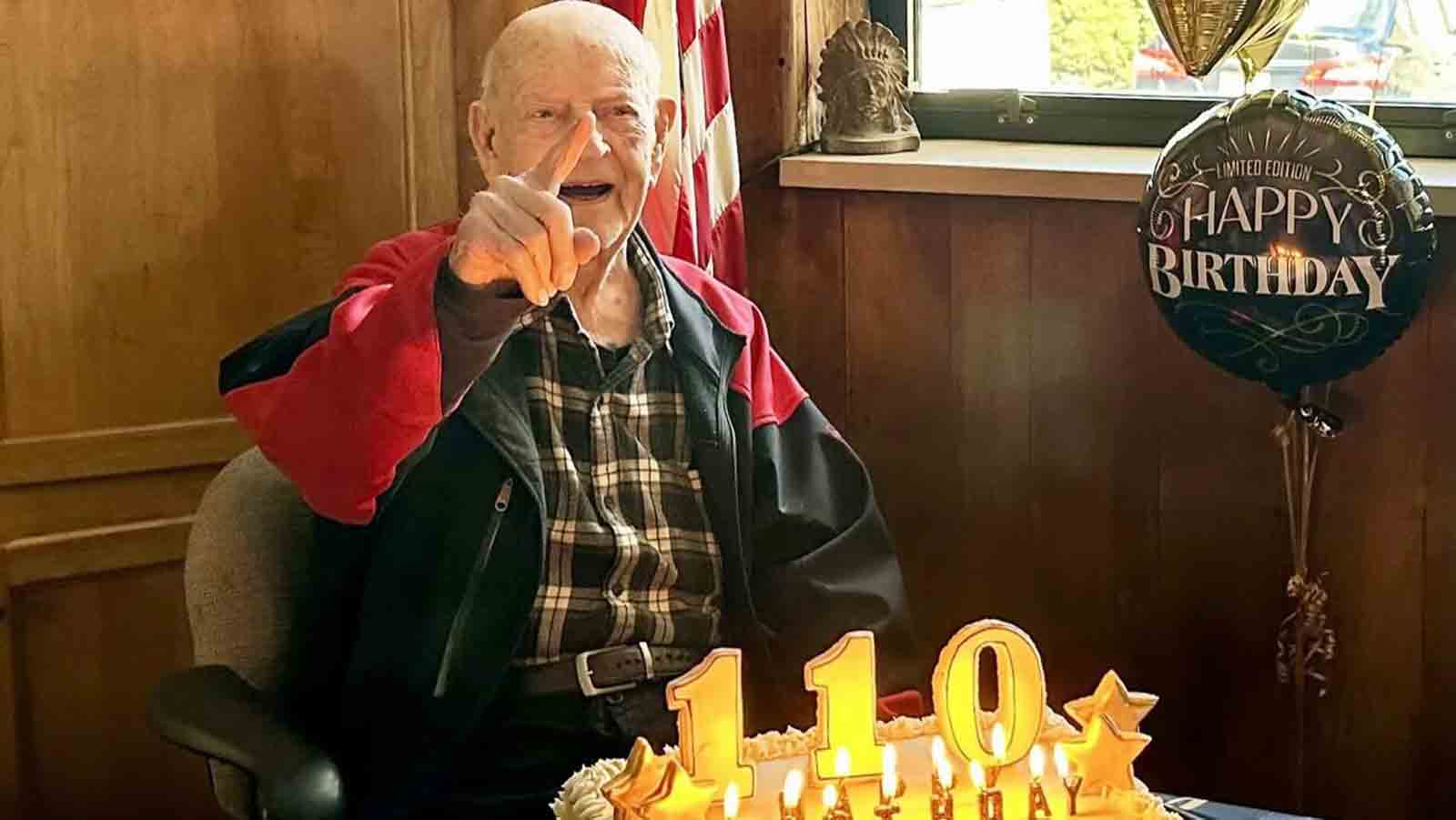Local doctors are helping people who have a pain in the neck -- literally.
It's a new treatment for a common problem: herniated and degenerative discs in the upper part of the spine in the neck.
Just three months ago, Barry Blum could barely walk across this field.
"I was having tinglyness, weakness and my right side was quite a bit weaker than my left and it got to the point where it was almost difficult to walk a long distance," he said.
It was a herniated disc that was pushing on nerves along his cervical spine. That's the upper part in the neck. It was also causing him to lose feeling in his hands.
"The numbness is everyday," he said. "You just had constant numbness. You couldn't feel things. You couldn't type. It's very hard to type. It was getting to the point where it's basically hard to pick up items."
"By the time he saw me again, things had worsened dramatically," said Washington Hospital Center neurosurgeon Dr. Zachary Levine.
Health
The disc in Blum's neck had gotten so bad, his only option was surgery.
But despite Blum's worsening condition, Levine said he was the perfect candidate for a new procedure. Doctors could actually replace his damaged disc with a new, artificial one that would still allow movement in the neck.
"The artificial disc is a way that we are able to decompress the nerves or the spinal chord that's being injured and also preserve the motion," Levine said.
Normally, Blum's only option would have been a spinal fusion, where the disc is removed and a spacer is placed between the vertebrae. But that can either leave patients without any mobility in the neck, or a different disc could become diseased.
But this artificial disc is held together by a special joint that allows for movement.
"Patients traditionally do very well, they have very little residual pain and they have relief almost immediately," Levine said.
Blum said he was surprised at how well and how fast the surgery worked. It's been three months and the pain is now 95 percent gone.
"I'm able to go back to my normal activities, everything I like to do, like bike and motorcycle," he said. "Just having the ability to walk normal ... changes your life. It really does."



